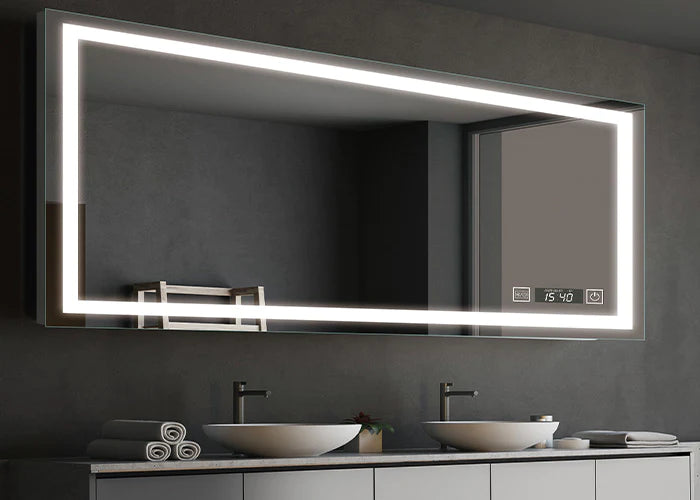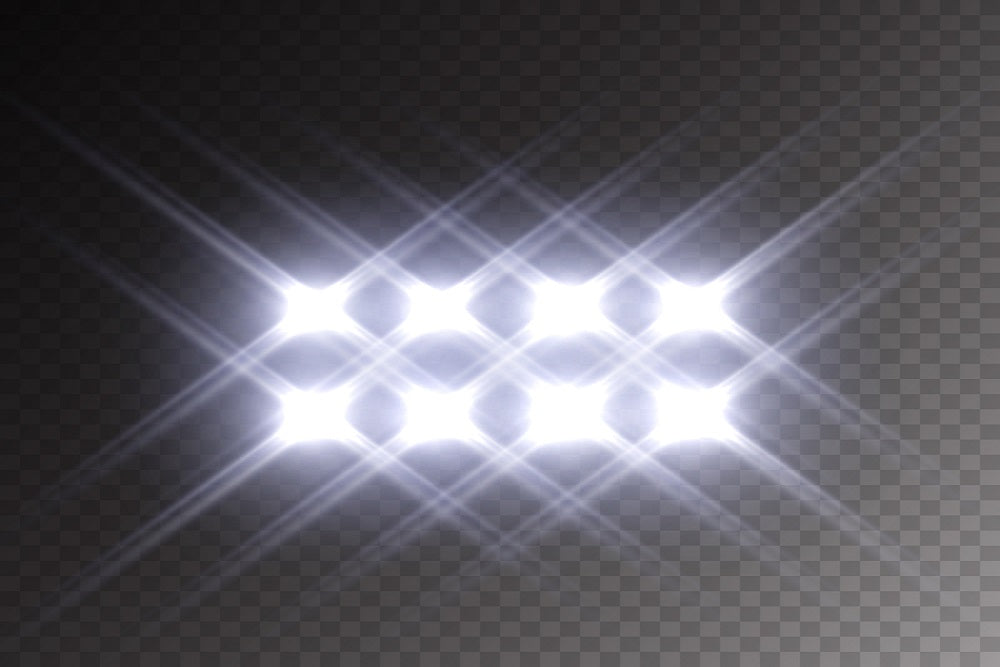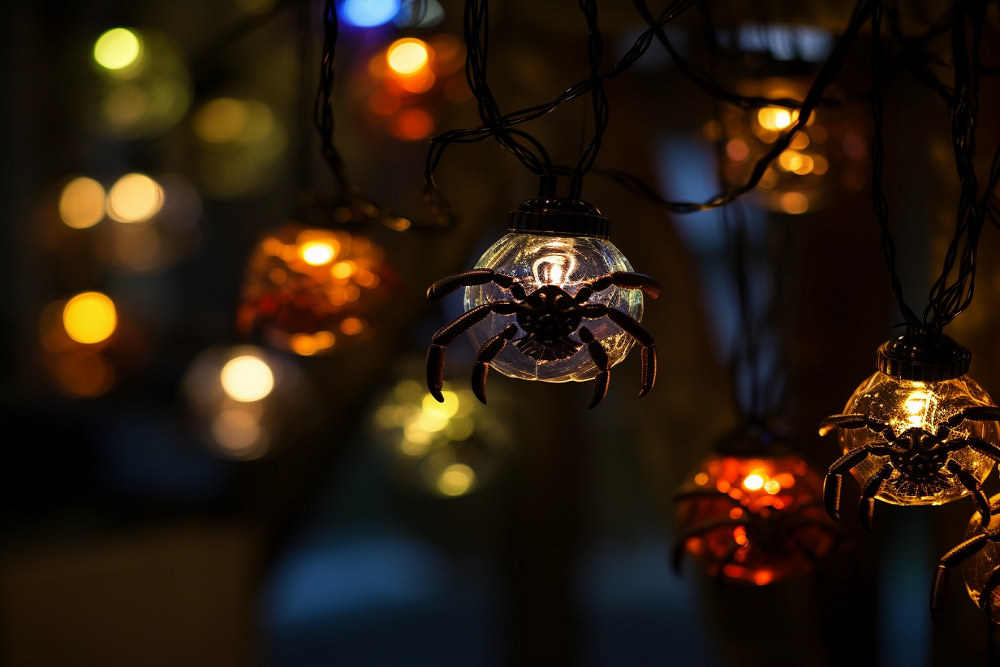LED (light-emitting diode) lights have taken the world by storm in recent years, with their energy efficiency and long-lasting durability making them the preferred lighting option for homes and businesses alike. But there are concerns around the potential negative effects they can have on our eyes, due to the blue light they emit. In this article, we will explore whether LED lights are truly bad for our eyes and discuss ways to protect our vision.
Explanation of LED Lights
To understand the effect LED lights have on our eyes, it’s important to understand what they are and how they work. LED lights are small electronic devices that emit light when an electric current passes through them. Unlike traditional incandescent bulbs that have a filament that heats up and gives off light, LED lights use a semiconductor material to produce light. This makes them more energy-efficient and durable than incandescent bulbs.
LED lights can be found in all sorts of fixtures, from the common light bulb to traffic lights and digital displays. They are popular due to their versatility, low cost, and environmental friendliness.

Image source: Shutterstock
Effects of LED Lights on Our Eyes
One main area of concern around LED lights is the blue light they emit. Blue light has a short wavelength and high energy, which means it scatters more easily in the eye than other colors. This can cause glare, which can be uncomfortable and can make it harder to see. Prolonged exposure to blue light can damage the retina and lead to permanent eye damage.
Studies have shown that blue light can also affect our sleep patterns by disrupting the circadian rhythm, our body's natural sleep-wake cycle. Blue light suppresses the production of melatonin, a hormone that helps regulate sleep, making it harder to fall asleep at night and affecting our overall quality of sleep. This can result in symptoms such as drowsiness, mood changes, and a reduced ability to concentrate.
Furthermore, research conducted by Harvard Medical School suggests that exposure to blue light during nighttime hours may also contribute to certain types of cancer, diabetes, heart disease, and obesity, although more research needs to be done in this area.

Image source: Shutterstock
4 Measures to Protect Our Eyes
While LED lights themselves may not be harmful to the eyes, prolonged exposure to the blue light they emit can cause eye strain, headaches, and other negative effects on our vision. To mitigate these risks, there are several things we can do to protect our eyes:
1. Take breaks from screens.
This applies not only to LED lights but also to other screens such as smartphones, tablets, and computers. The American Optometric Association recommends the 20-20-20 rule: for every 20 minutes of screen time, take a 20-second break and look at something 20 feet away to reduce eye strain.
2. Adjust screen brightness.
Reducing the brightness of your screens or using light filters can help reduce the amount of blue light emitted by LED lights and other screens. This can also help to reduce glare and improve visual comfort.
3. Select the best LED lights for your needs.
Choose LED lights with a warm color temperature, which emit less blue light than cooler color temperatures. For example, lights with a color temperature of 2700K to 3000K are often recommended for bedrooms, while lights with a temperature of 3000K to 4000K are suitable for living rooms, hallways, and bathrooms.
4. Follow the recommended distance between your eyes and LED lights.
Position desk lamps and other LED lights at an angle that does not shine light directly into your eyes, and sit at least 20 inches away from computer screens and other devices.
In addition to these measures, it's also worth considering the overall lighting in your environment. Bright, fluorescent lighting can cause eye strain and headaches, so opting for softer, more natural lighting can help reduce these symptoms.

Image source: Shutterstock
LED Lights Recommendations That Designed to Be Easy on the Eyes
When choosing LED lights, it’s important to consider your needs and preferences. Some people prefer warmer, softer lighting, while others prefer brighter, crisper lighting. It’s also important to consider color temperature, wattage, and the size and shape of the bulb or fixture.
Philips
Philips Hue White and Color Ambiance A19 Starter Kit: This kit includes smart LED bulbs that can be controlled by voice, an app, or a smart home device. The bulbs have a warm color temperature of 2700K and can be customized to create different lighting scenes.
Cree
TW Series LED Bulbs: These LED bulbs emit a warm, comfortable light similar to incandescent bulbs, but without heat and energy usage. They have a color temperature of 2700K and come in a variety of wattage and color options.
Feit Electric
LED Dimmable Soft White Bulbs: These LED bulbs have a color temperature of 2700K and are great for creating a warm, cozy atmosphere in your home. They are also dimmable, allowing you to control the light and mood in your space.
GE Lighting
Reveal HD LED Bulbs: These LED bulbs emit a clean, crisp light that is similar to natural daylight. They have a high color temperature of 5000K, which makes them ideal for illuminating workspaces and reading areas.
Sylvania
LED A19 Bulbs: These LED bulbs have a comfortable color temperature of 2700K and are energy-efficient, making them a great option for those looking to save money on their energy bills.
Additionally, you may want to look for mirrors with adjustable brightness settings and color temperature controls. These features allow you to customize the lighting and minimize the potential harm to your eyes. We recommend that you check out LED mirrors from reputable brands.
Ultimately, the most important thing is to make sure you are selecting LED lights that are designed to be easy on the eyes and to follow best practices for eye health, such as taking regular breaks from screens and maintaining proper distance from LED lights.
Conclusion
While LED lights themselves are not necessarily bad for our eyes, prolonged exposure to the blue light they emit can cause eye strain, headaches, and other negative effects on our vision. This can be particularly problematic when we spend a lot of time using screens or under bright, fluorescent lights. However, by taking regular breaks from screens, adjusting your screen brightness, and selecting the right LED lights for your needs, you can help protect your eyes from the potential risks of LED lights.
References
- American Optometric Association. (2021). Computer Vision Syndrome. Retrieved from https://www.aoa.org/patients-and-public/caring-for-your-vision/protecting-your-vision/computer-vision-syndrome
- Cho, Y., Ryu, S. H., Lee, B. R., Kim, K. H., Lee, E., & Choi, J. (2015). Effects of artificial light at night on human health: A literature review of observational and experimental studies applied to exposure assessment. Chronobiology International, 32(9), 1294-1310.
- Harvard Health Publishing. (2021). Blue light has a dark side. Retrieved from https://www.health.harvard.edu/staying-healthy/blue-light-has-a-dark-side
- International Dark-Sky Association. (2021). LED Lighting. Retrieved from https://www.darksky.org/our-work/lighting/leds/





